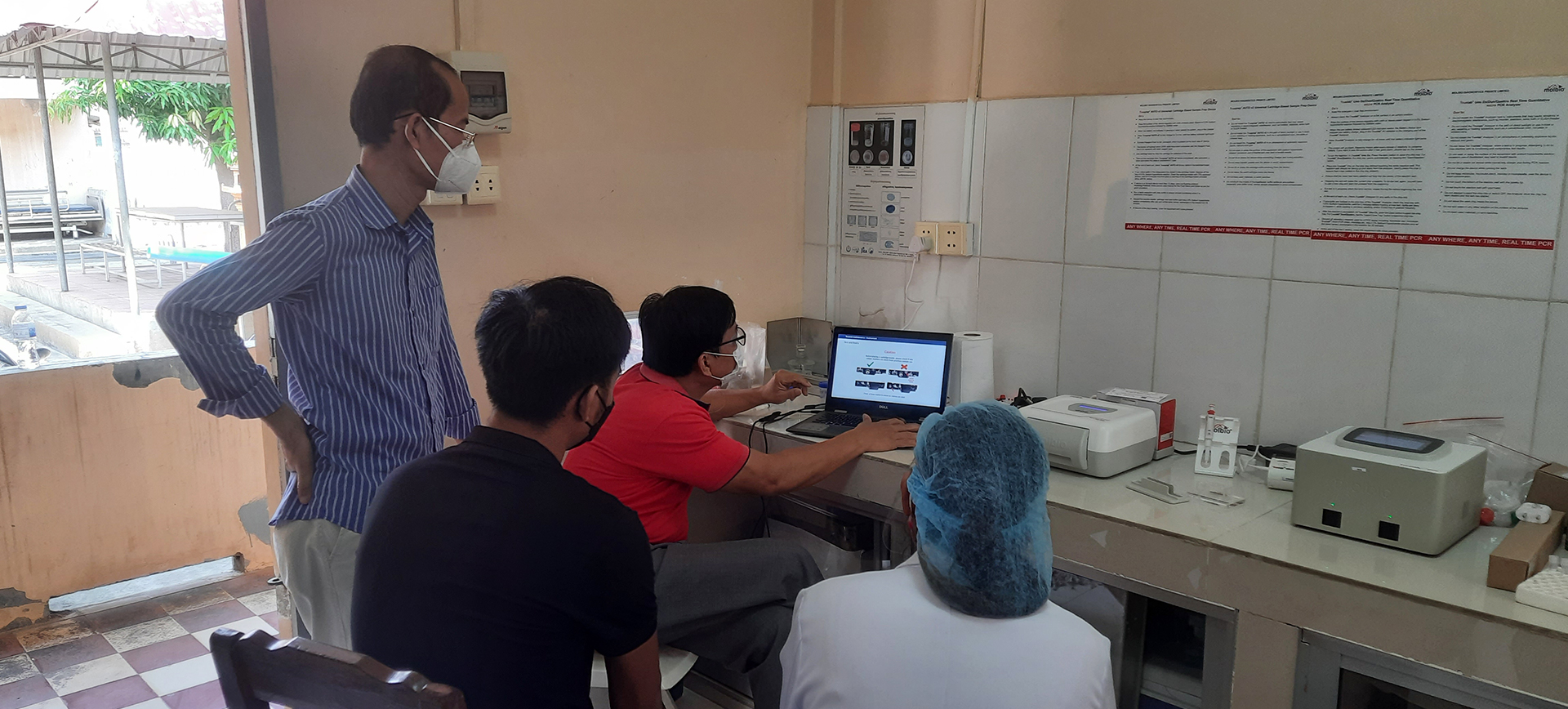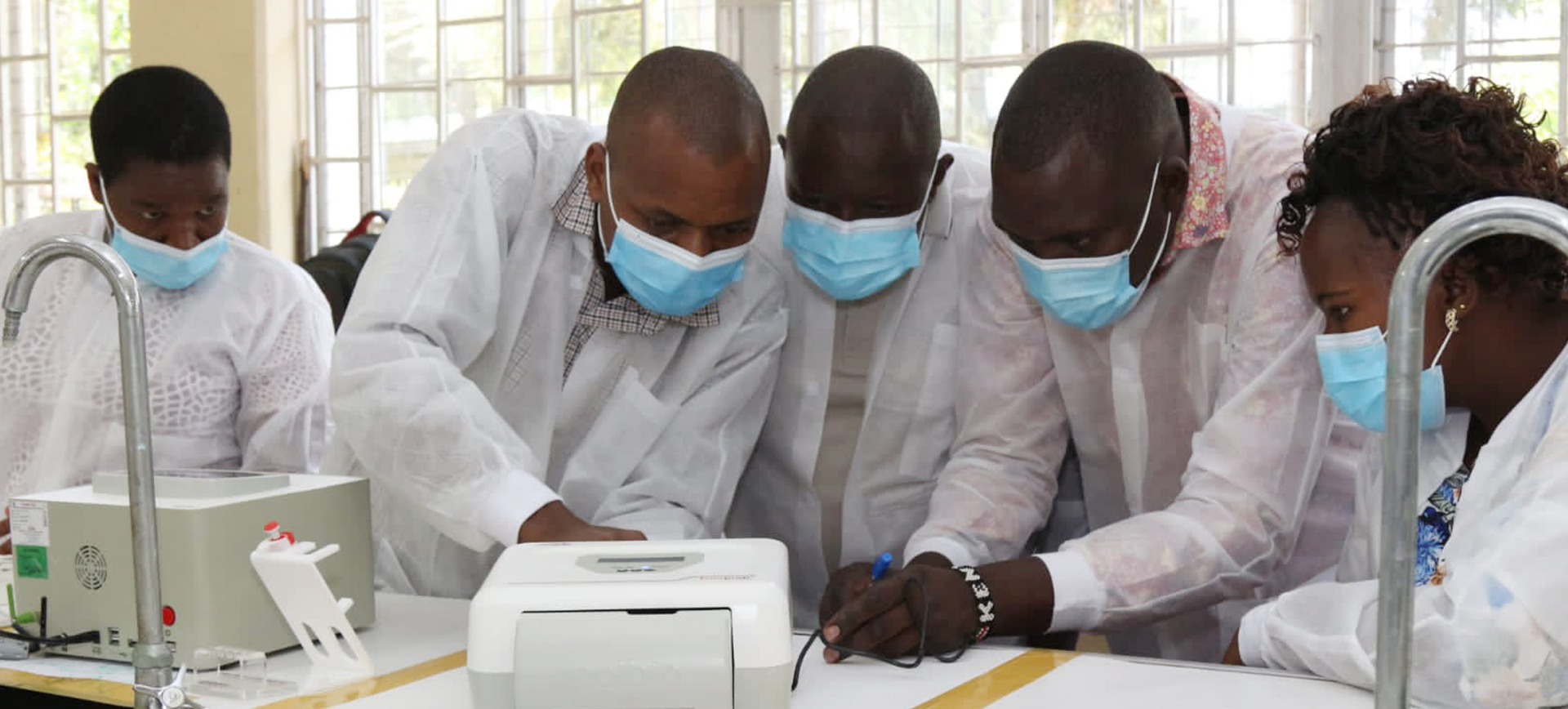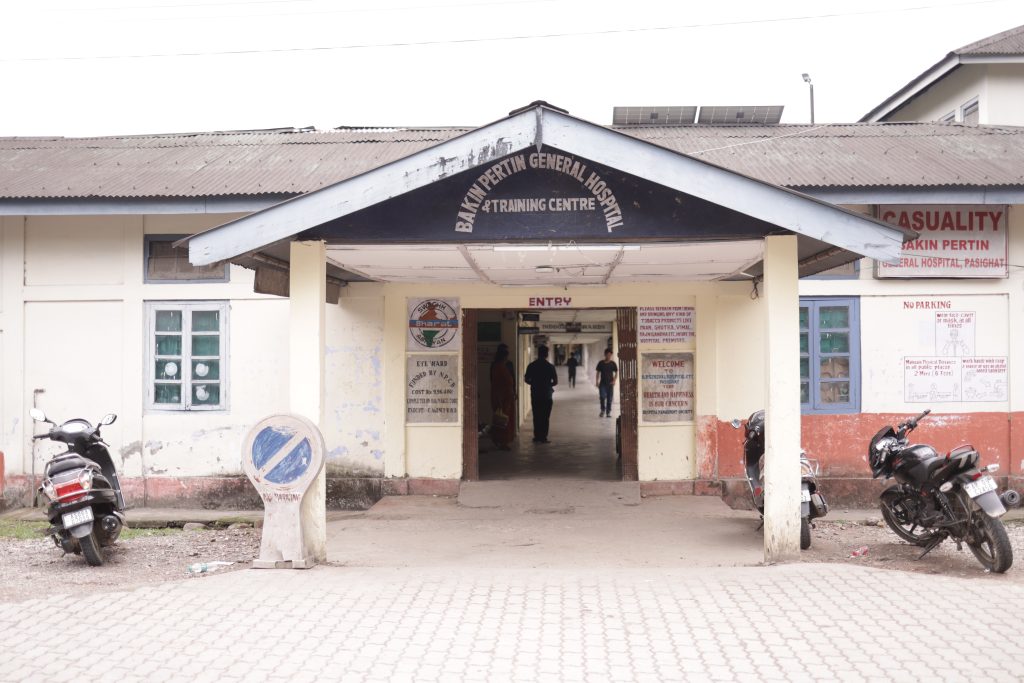
Nestled in the far northeastern corner of India, Arunachal Pradesh is marked by vast stretches of mountains, scattered hamlets, and limited infrastructure , making it one of the most remote and logistically challenging states in the country. Access to equitable healthcare remains uneven, with many communities located hours—sometimes days—away from the nearest diagnostic and health facility.
Due to this remote geography and limited access to healthcare, Arunachal Pradesh carries a high burden of hepatitis B and C in India. Late diagnosis, low public awareness, and barriers to timely testing continue to challenge the state’s fight against the disease. On the occasion of World Hepatitis Day, we are bringing voices from the ground—doctors and frontline lab professionals working to close the gap, all through the week.
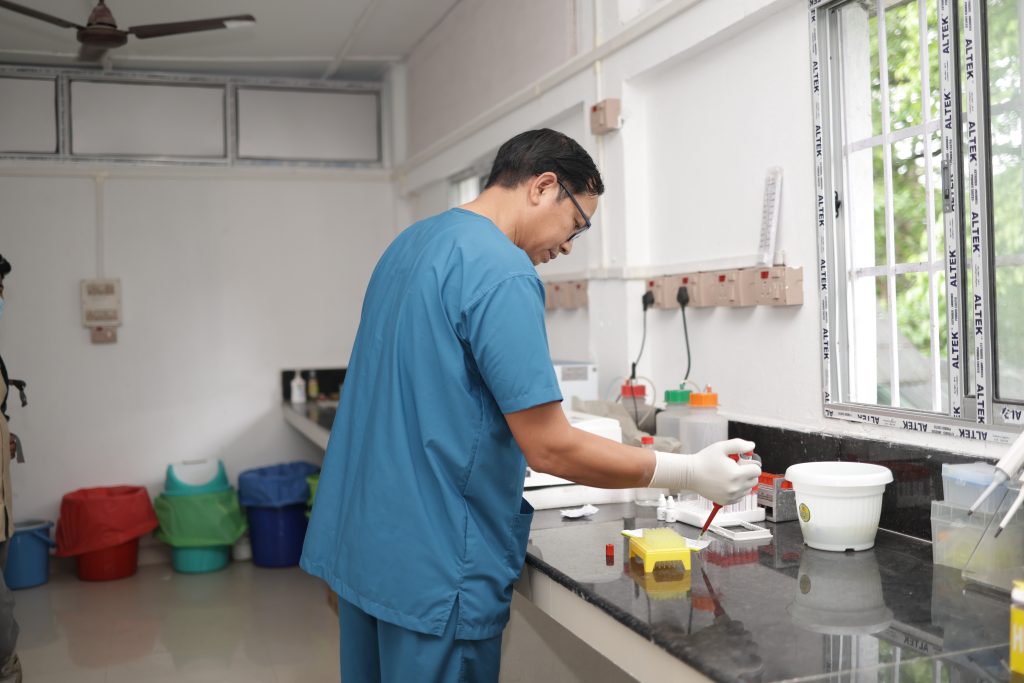
In this piece, we speak with Dr. Talung Tali and Dr. B. Apum from Bakin Pertin General Hospital and Training Centre in Pasighat—an institution with over a century of service, recognised as a catchment centre for communities across eight surrounding districts. It remains a cornerstone for delivering both healthcare and diagnostic services in the region.
Here’s what they had to say:
Dr Talung Tali, Joint Director, Bakin Pertin General Hospital & Training Centre, Pasighat, Arunachal Pradesh
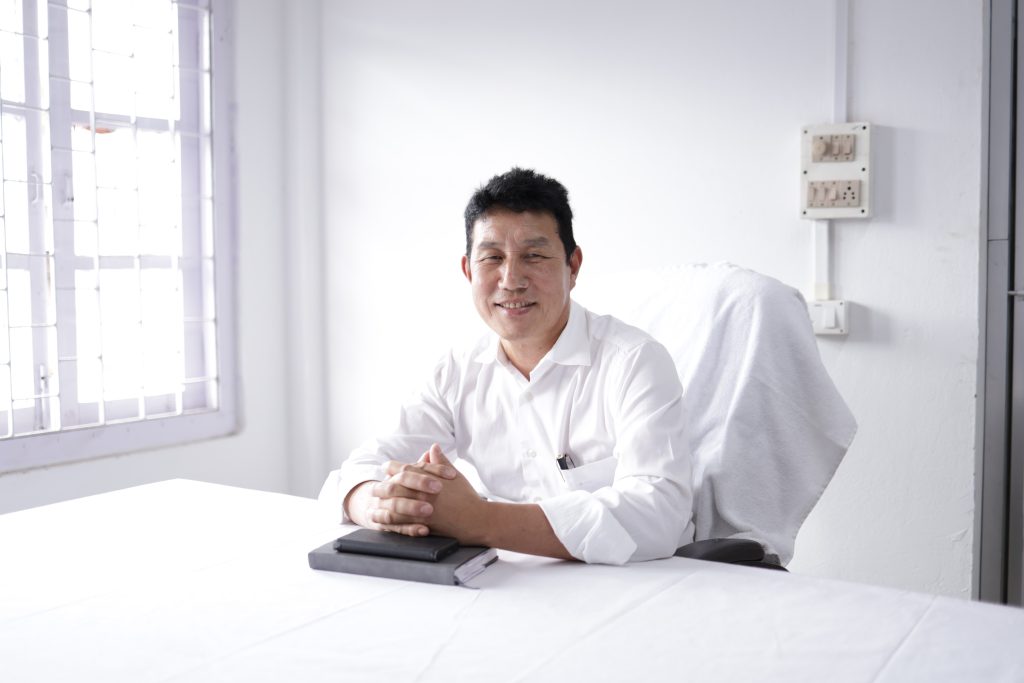
Q: What are the current gaps in access to hepatitis testing?
Established in 1911, Bakin Pertin General Hospital is strategically located in a catchment area covering eight districts of Arunachal Pradesh. Due to rugged terrain and inadequate infrastructure, many patients in remote districts either don’t know about hepatitis or cannot reach testing centres, making timely diagnosis is a critical challenge.
Q: If one thing could change the hepatitis landscape, what would it be?
Decentralised, doorstep testing. If we can bring accurate diagnostics into the field, the game changes.
Q: Why do you believe community-level screening matters?
We see patients only when symptoms become severe. Community screening helps us identify silent carriers early, especially in high-burden areas like ours.
Q: How can platforms like Truenat change outcomes for others?
With Truenat, we screen and confirm the diagnosis during the same visit. It’s compact, reliable, and ideal for our terrain.
Q: What’s the impact of getting a test result within the same visit?
People don’t have to return after weeks to collect results—they leave with a plan. This reduces patient dropouts and delays in ensuring viable care. With treatment regimens like direct-acting antivirals for hepatitis C, a timely response can not only cut the chain of transmission but also enable the person to get treated faster and go back to their routine early.
Dr B. Apum MD, Senior Microbiologist (SG), Bakin Pertin & Training Centre, Pasighat, Arunachal Pradesh
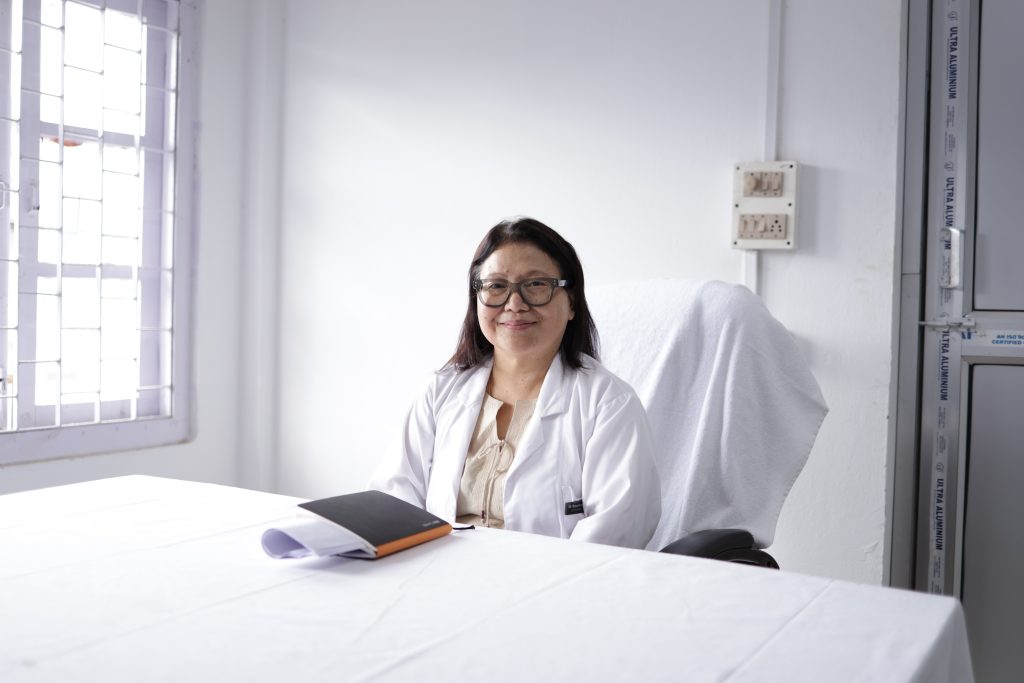
Q: What are the biggest challenges in hepatitis screening at the community level?
Connectivity and lab infrastructure are significant issues. Often, we had to collect samples and send them far, and the results took too long. That contributes to the loss to follow-up cases.
Q: How are you currently reaching people with testing and awareness?
We do village outreach camps and work with local leaders, village administration, and other groups to sensitise about the issue. Other IEC initiatives, such as posters, group talks, and sometimes just word-of-mouth, help bring people in for screening and testing.
Q: Does Truenat have any role in ensuring early screening and treatment for viral hepatitis?
Definitely. We now test and get results on-site. It helps the doctor start treatment right away, and patients trust the process more.
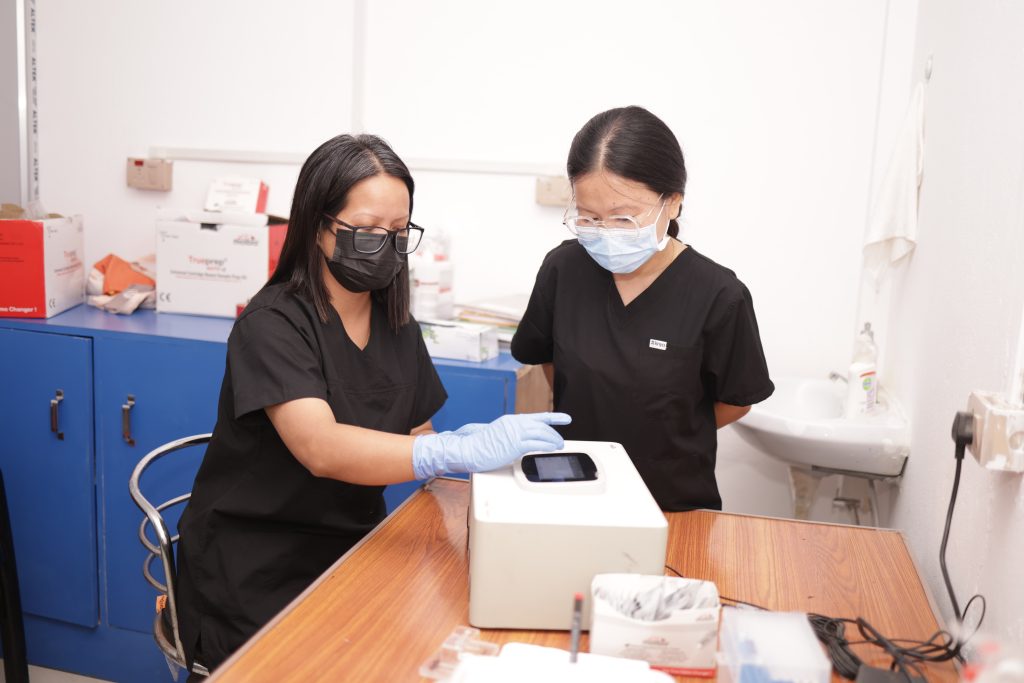

This article was developed in conversation with Dr Talung Tali, Joint Director and Dr B. Apum MD, Senior Microbiologist (SG), Bakin Pertin General Hospital & Training Centre, Pasighat, Arunachal Pradesh


